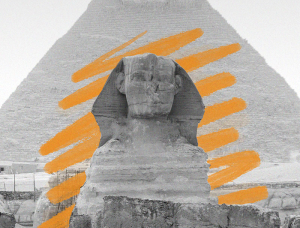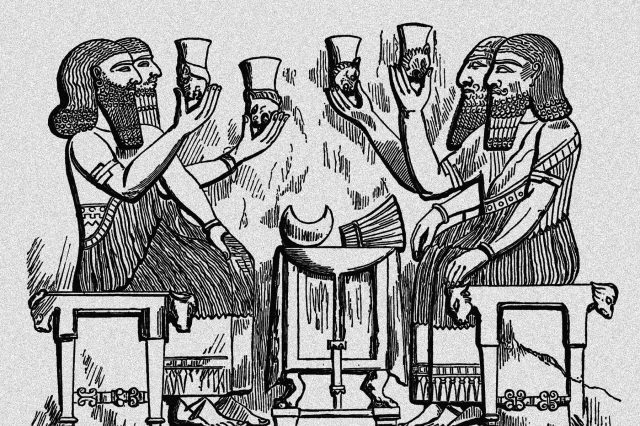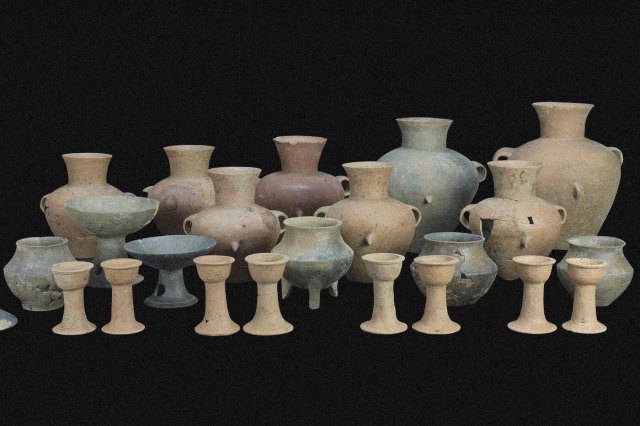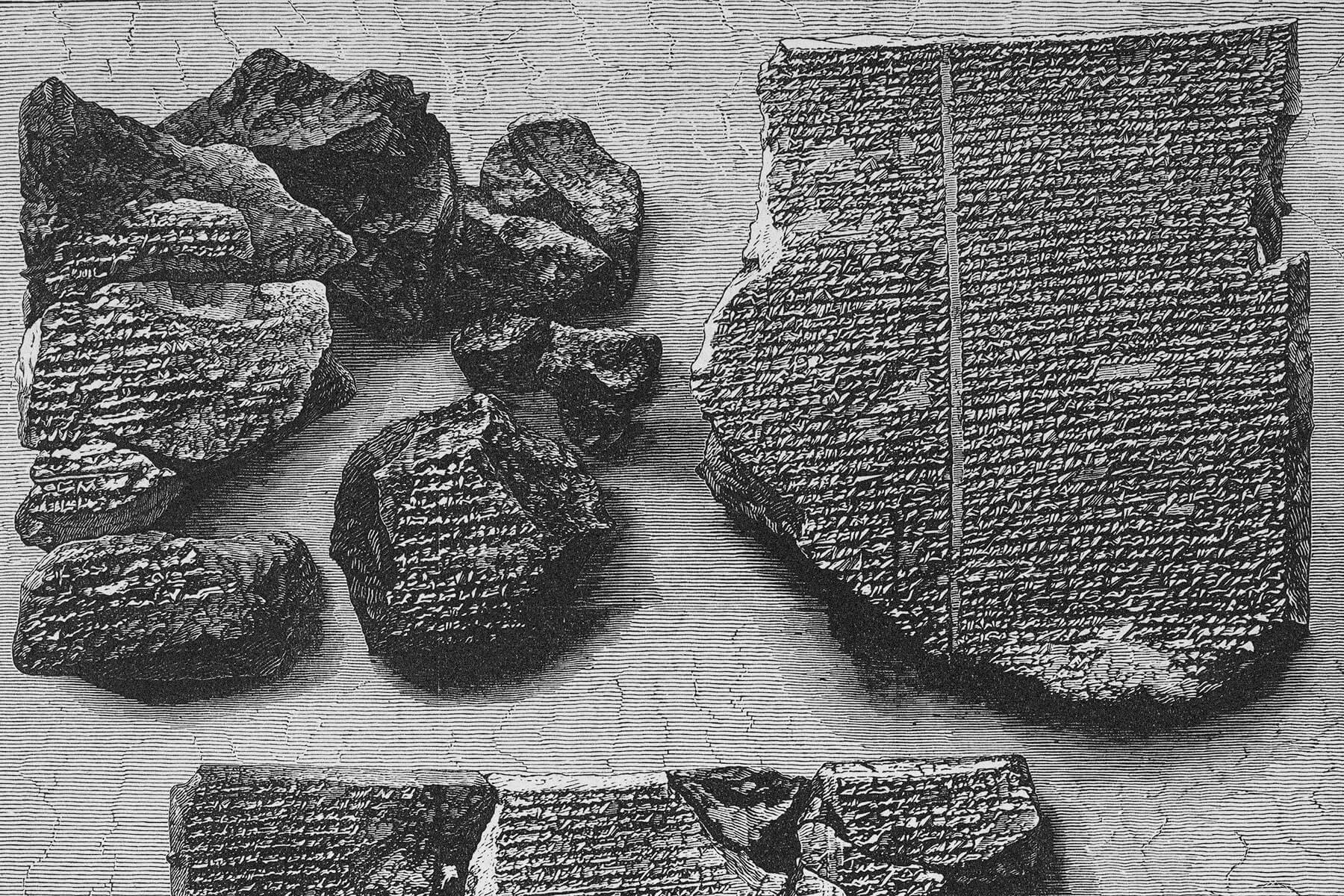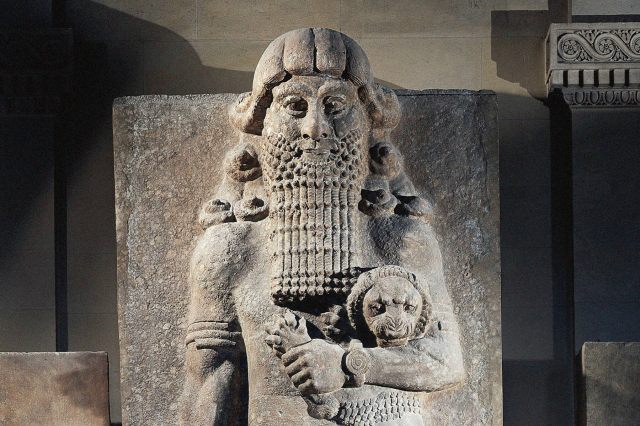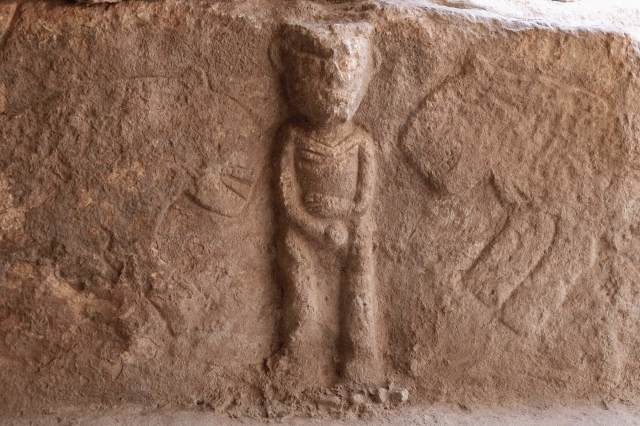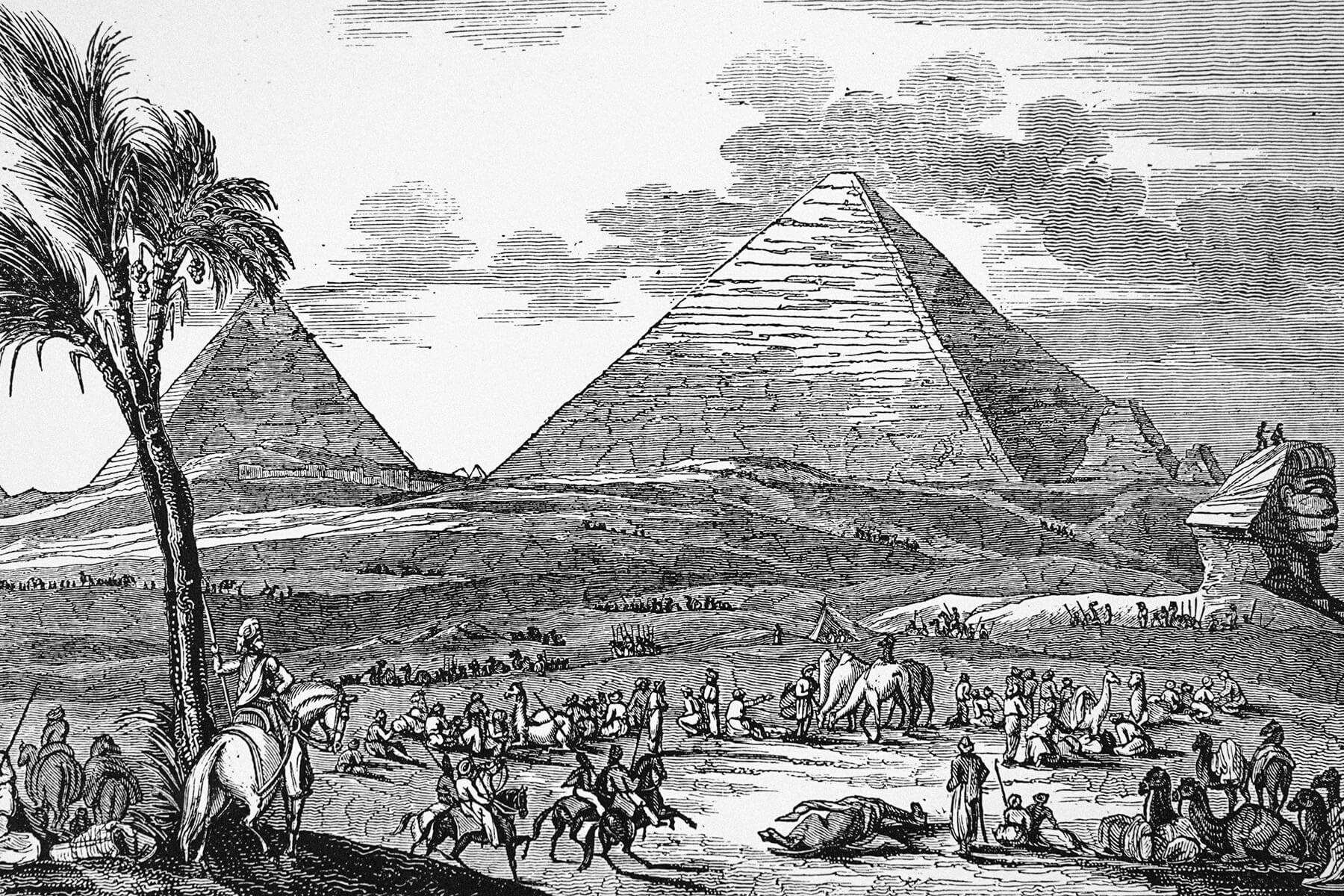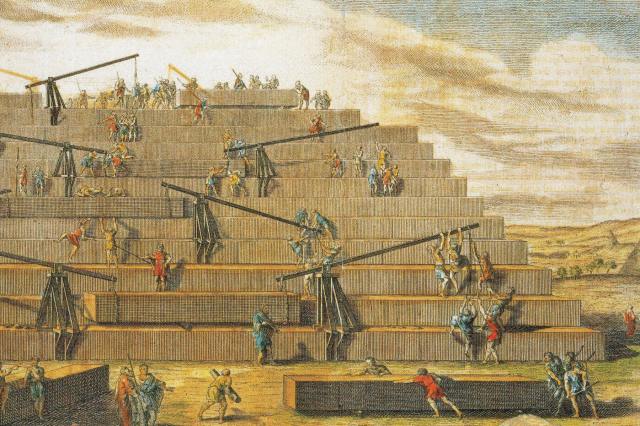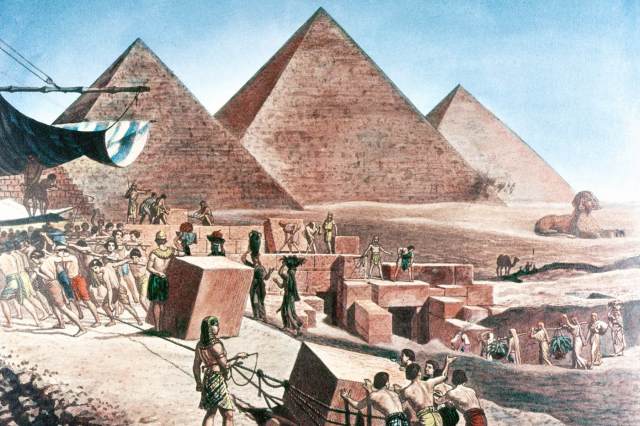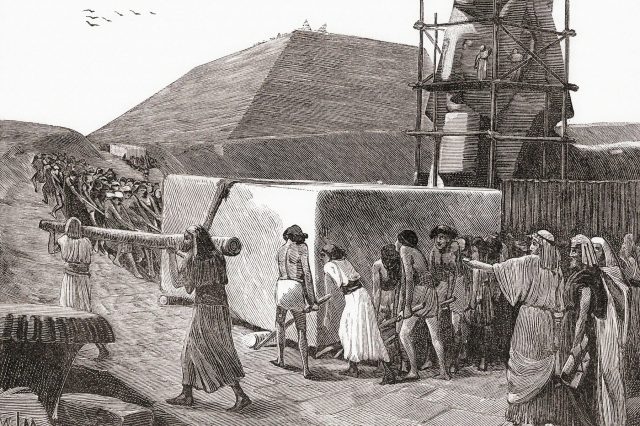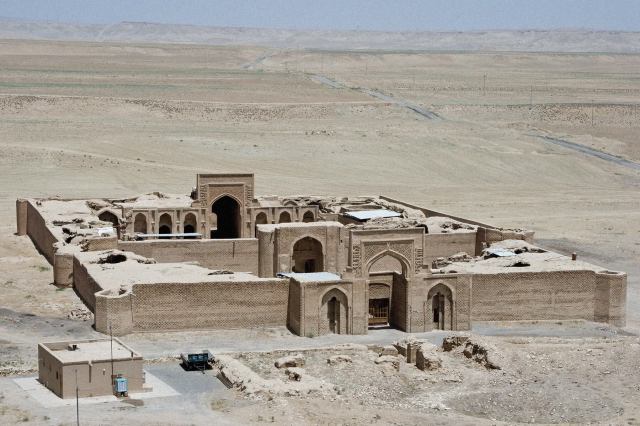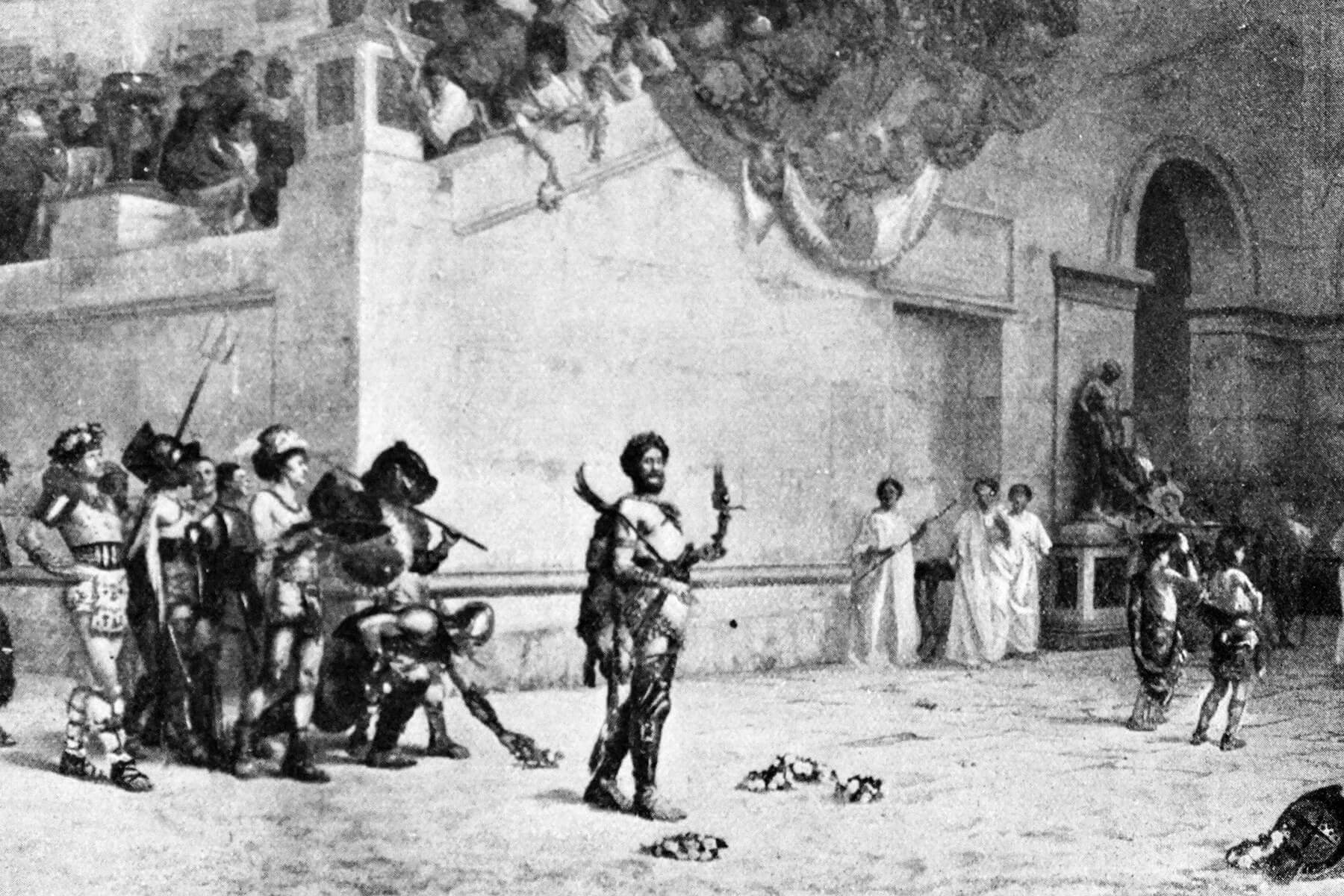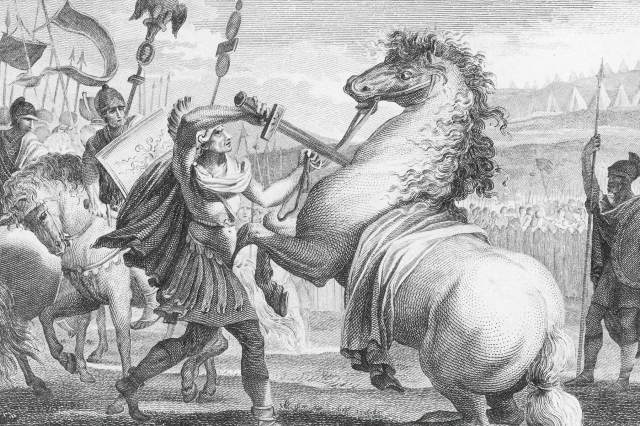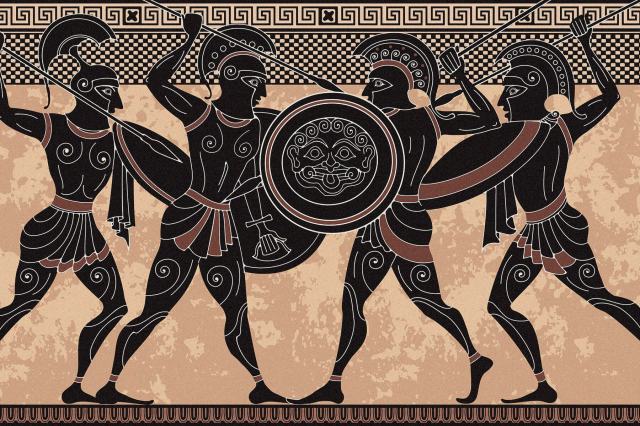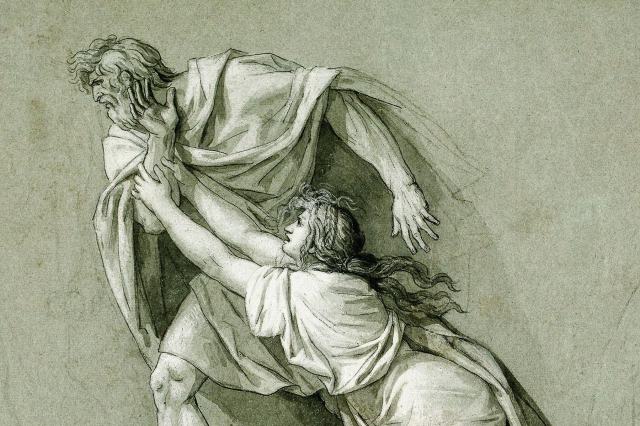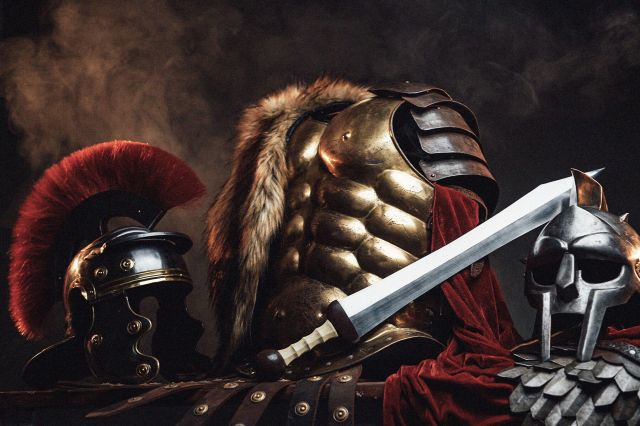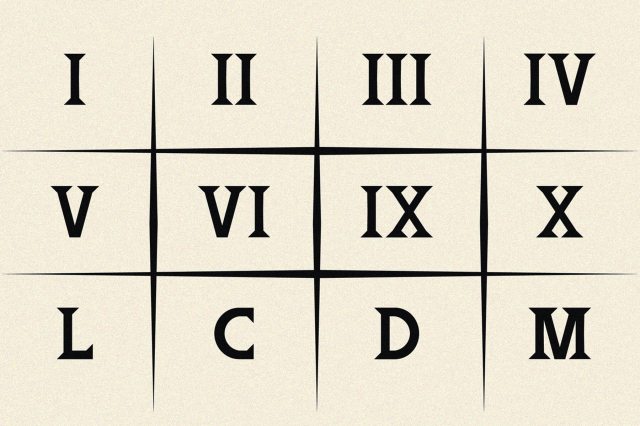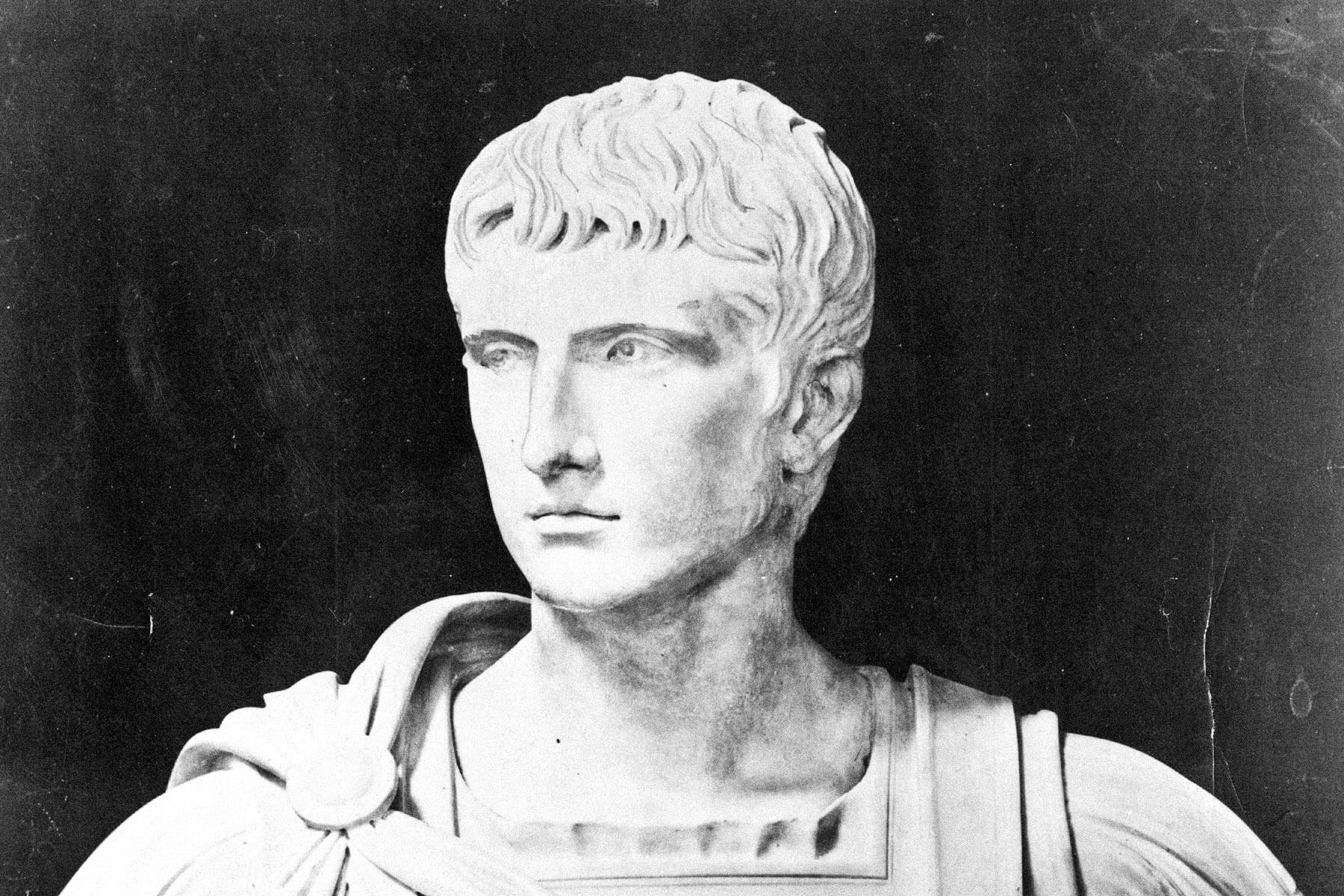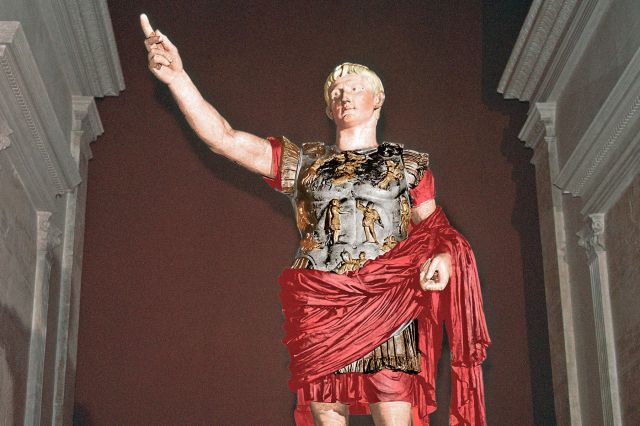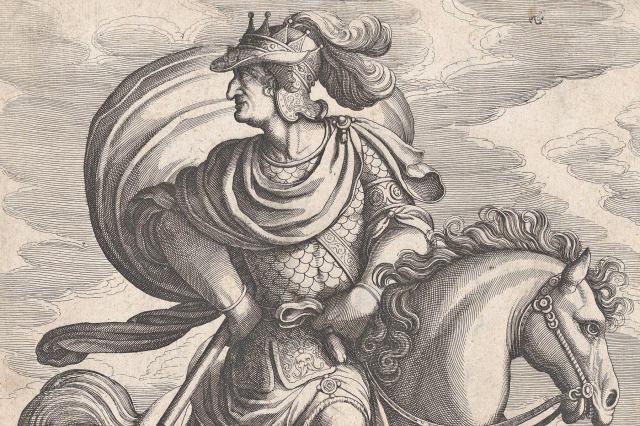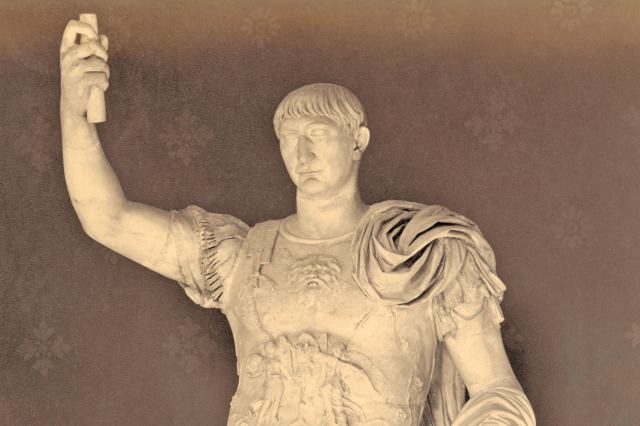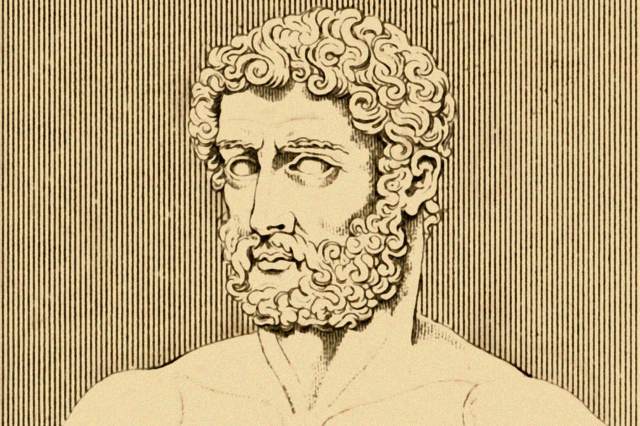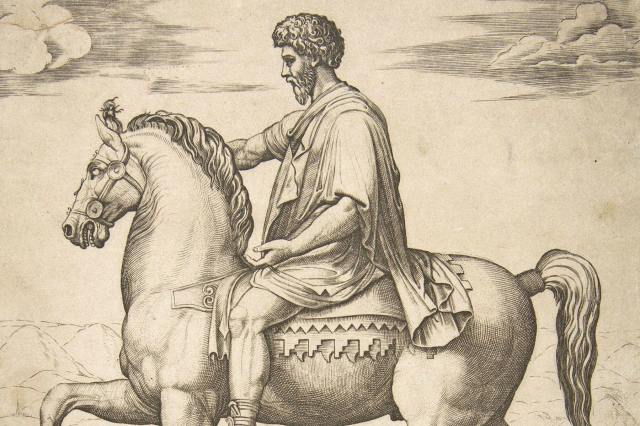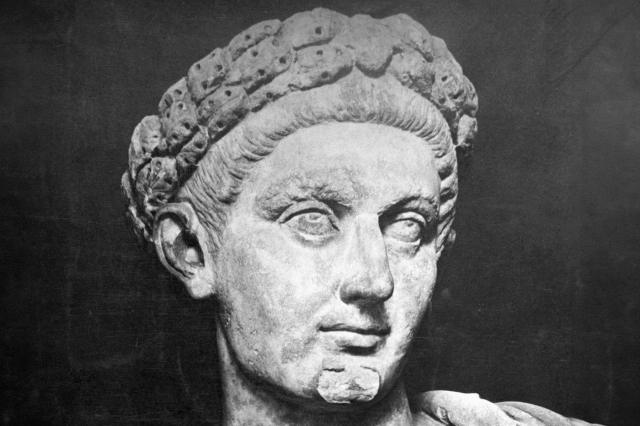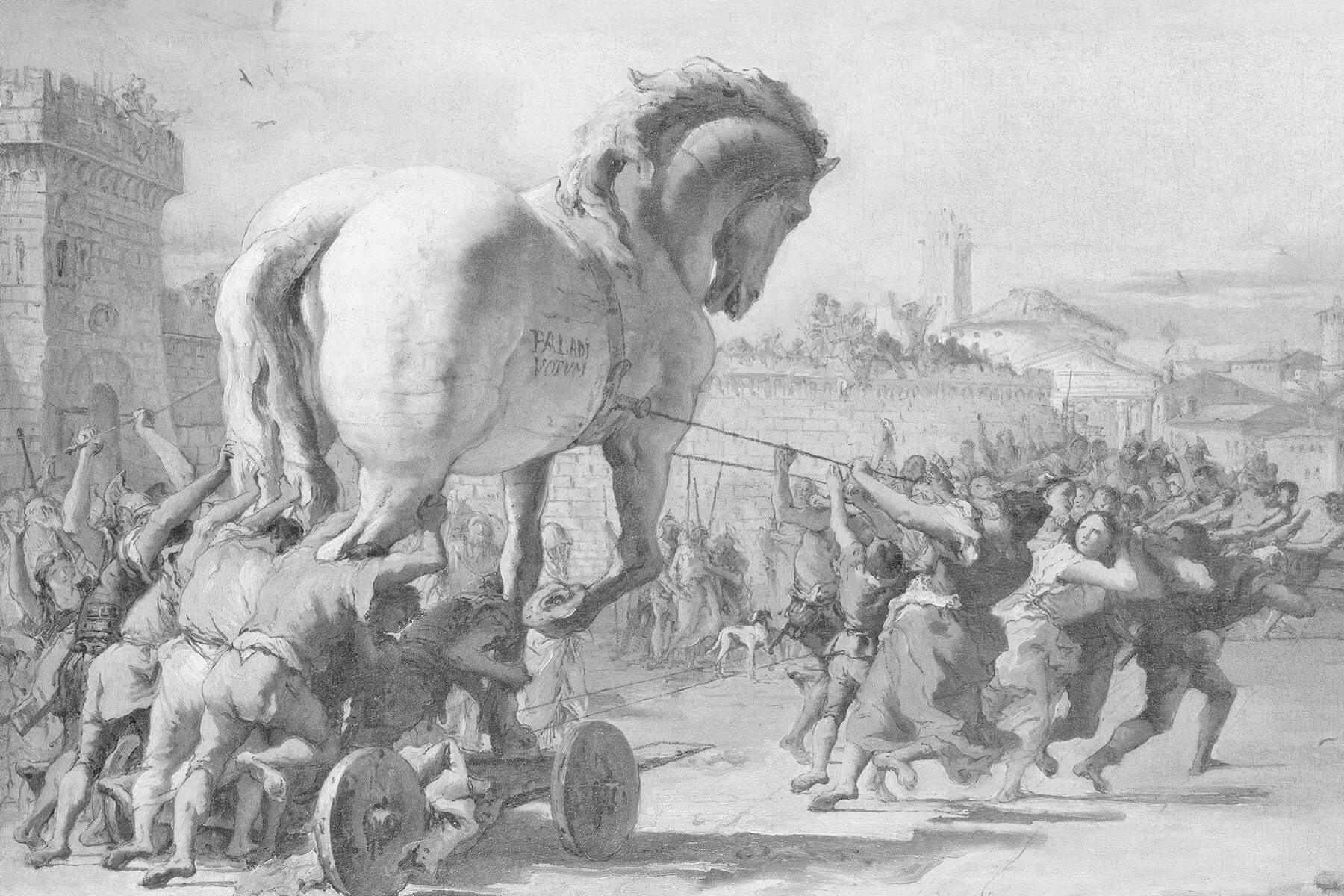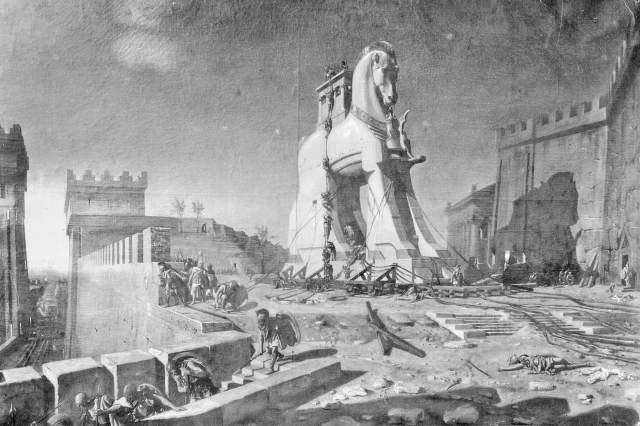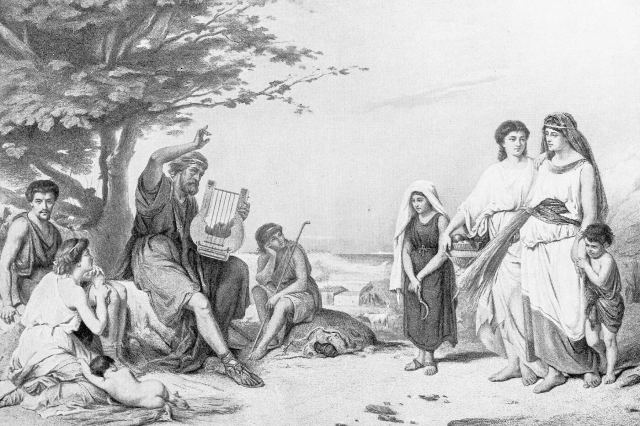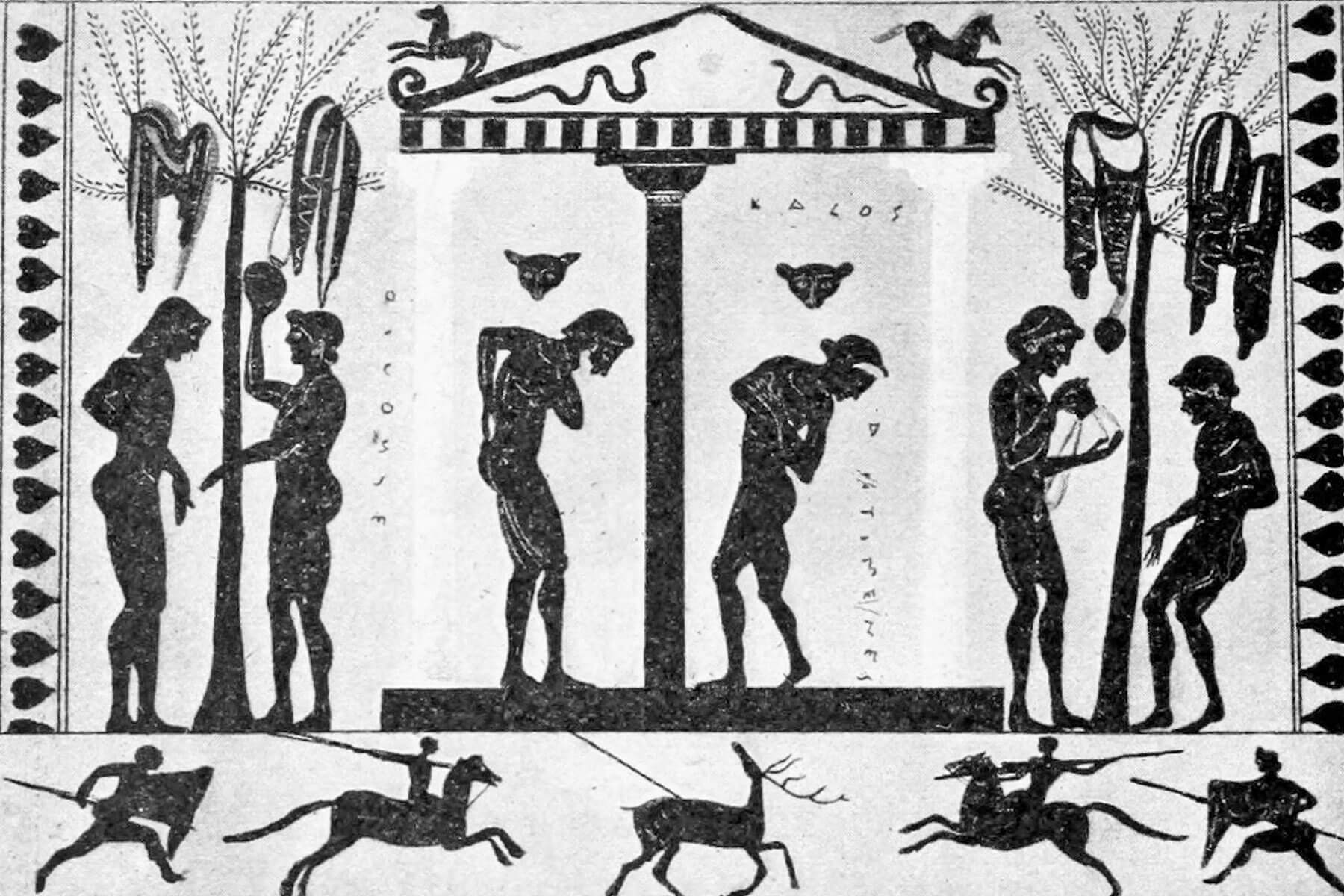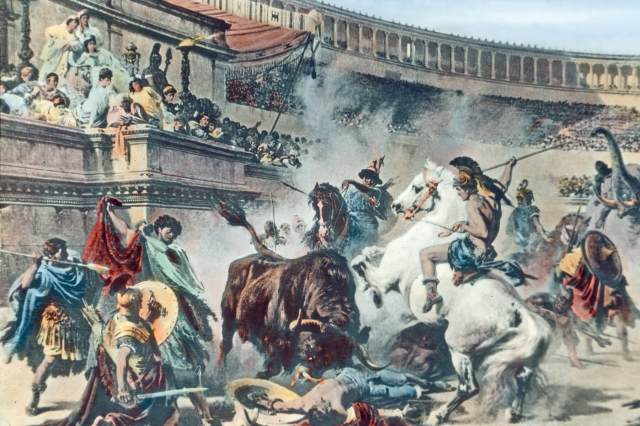Which Came First: Wine or Beer?
Whether you’re enjoying a glass of cabernet with a meal or downing IPAs with friends, you’re taking part in the multifaceted, multicultural act of alcohol consumption that dates back many thousands of years.
Indeed, although the dangers of excessive drinking are well known, and even small amounts of alcohol are now believed to come with health risks, imbibing has been part of the fabric of human existence since the dawn of recorded time. Some anthropologists argue that alcohol featured prominently in social customs that facilitated the rise and progression of civilizations. Others suggest that civilization itself was formed as a result of people settling in one area to domesticate crops for the production of alcohol.
Because spirits such as whiskey or vodka involve a more complex distillation process, beer and wine (and wine’s less-prominent cousin, mead) are the earliest forms of alcohol, left over from a time before any of humanity’s famous names, wars, or inventions etched themselves into history. Which sets up the ultimate bar debate: Which of these two ancient libations is older?

Early Humans Likely Discovered Alcohol by Accident
To let some of the air out of the suspense, we’ll note that it’s difficult to pinpoint when people first began drinking wine or beer, since proto-versions of both drinks can be formed with little to no human intervention.
Ethanol, or drinking alcohol, is created through the fermentation process that takes place when sugar meets yeast. In the case of beer, that occurs when a grain such as barley is exposed to moisture and its starches are converted into sugar, priming this component for catalyzation by deliberately introduced or naturally appearing yeast. Similarly, crushed or even overripe fruits with high sugar content including grapes or figs will naturally begin to ferment, creating the basis for wine.
It’s likely that early humans (or even animals) stumbled upon the intoxicating effects of fermented grains and fruits, and maybe even figured out how to replicate the experience by leaving their collected wares out in the elements for too long. We can only speculate on the concoctions that may have been experimentally produced by pre-Neolithic people, although they were almost certainly different from the beers and wines that emerged under more controlled conditions in later epochs.

